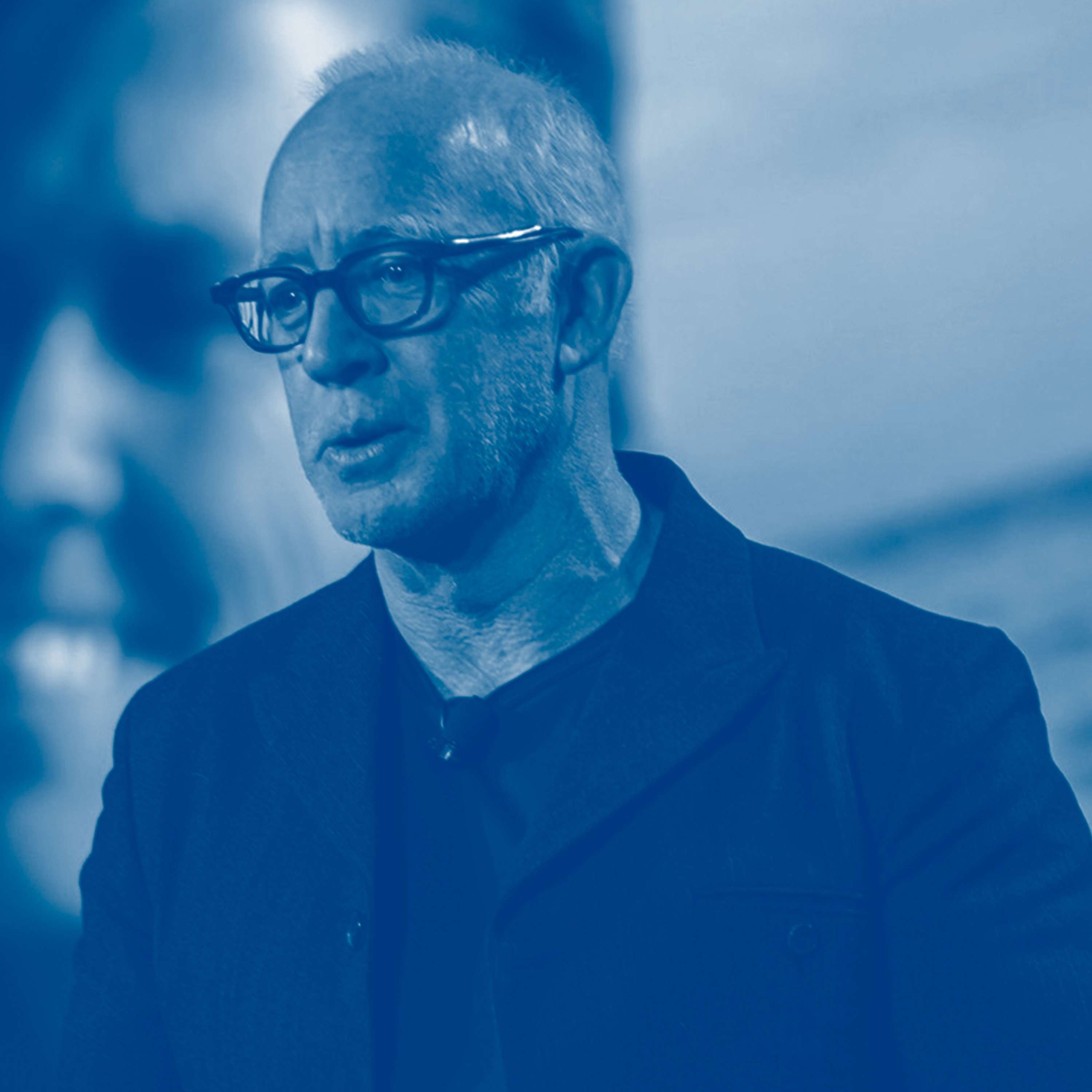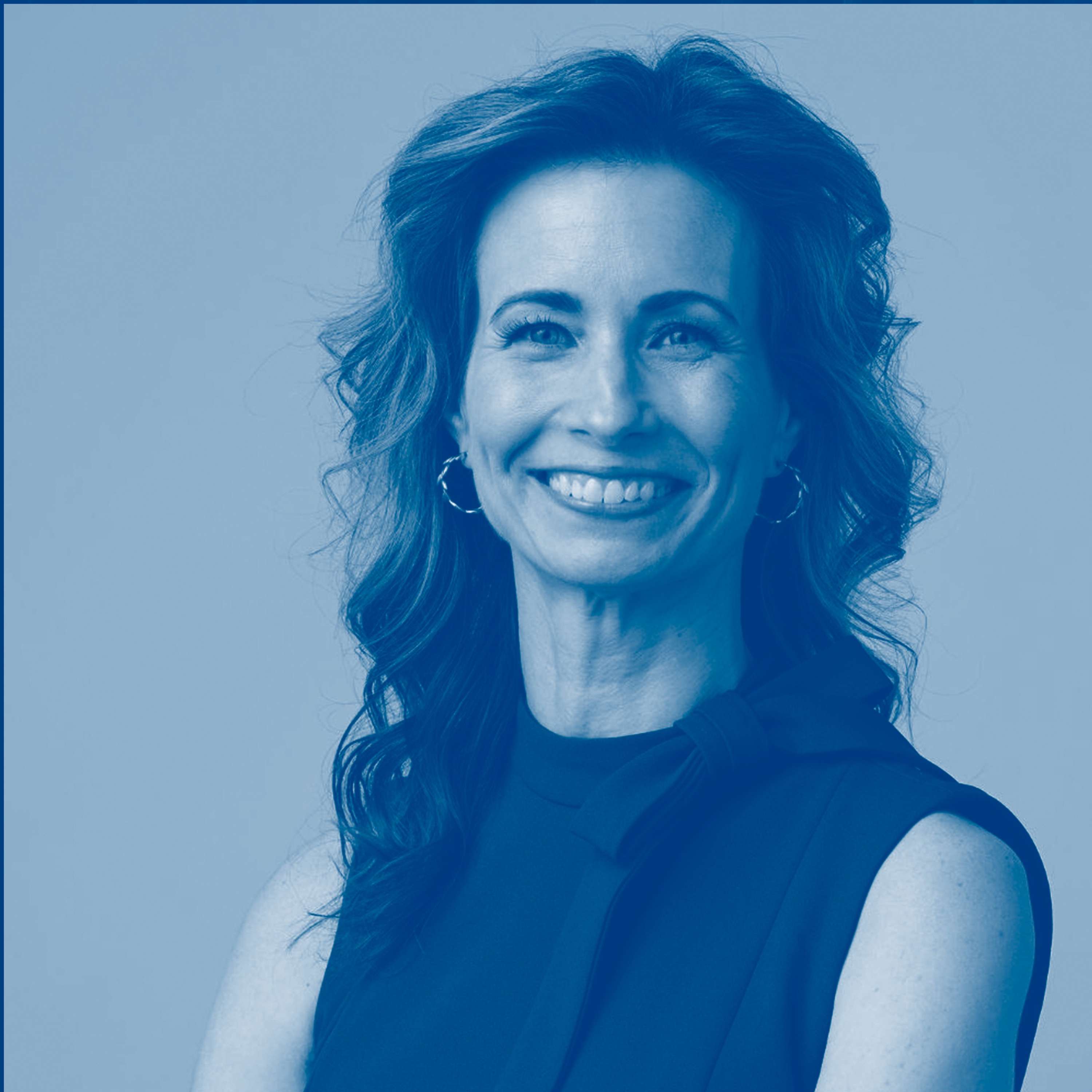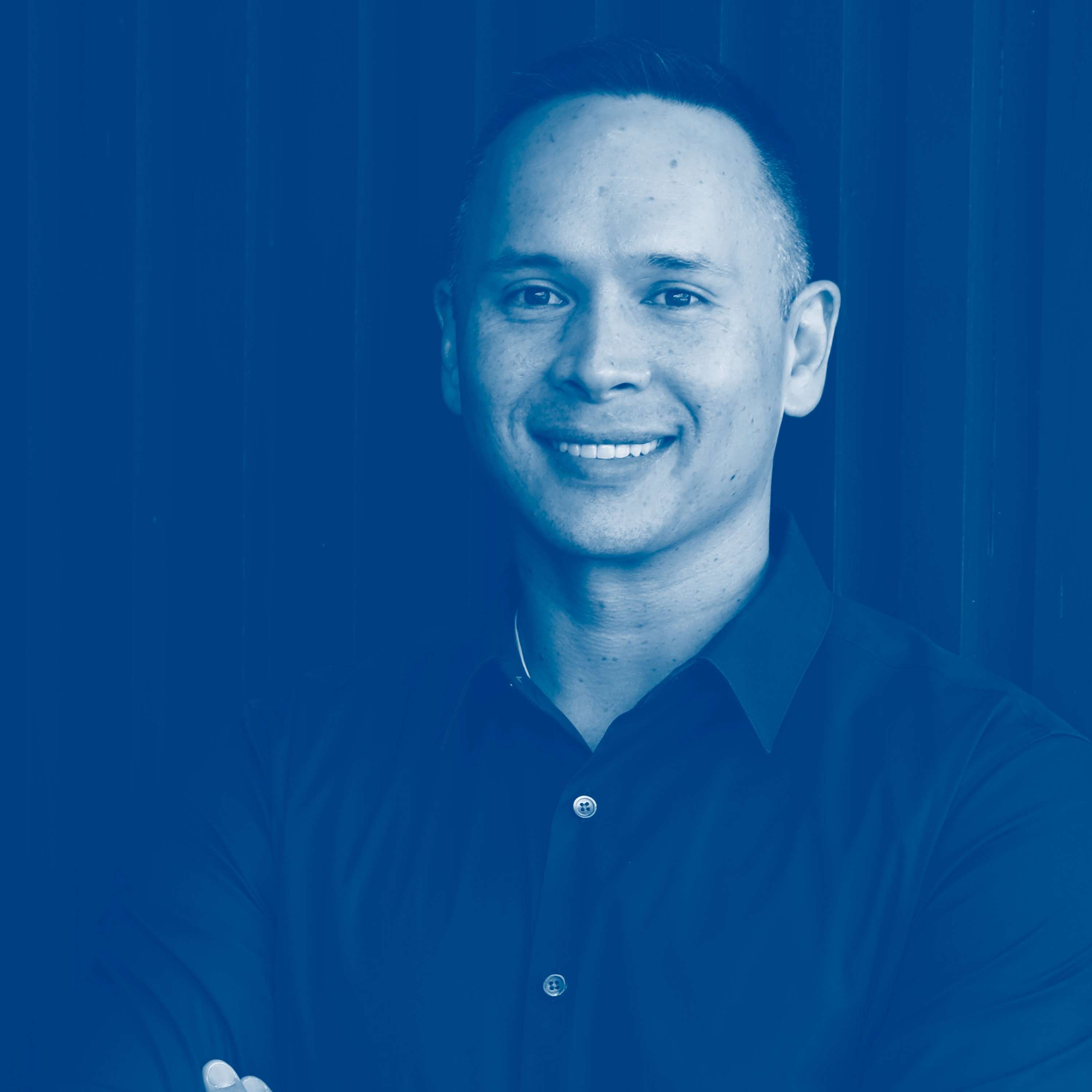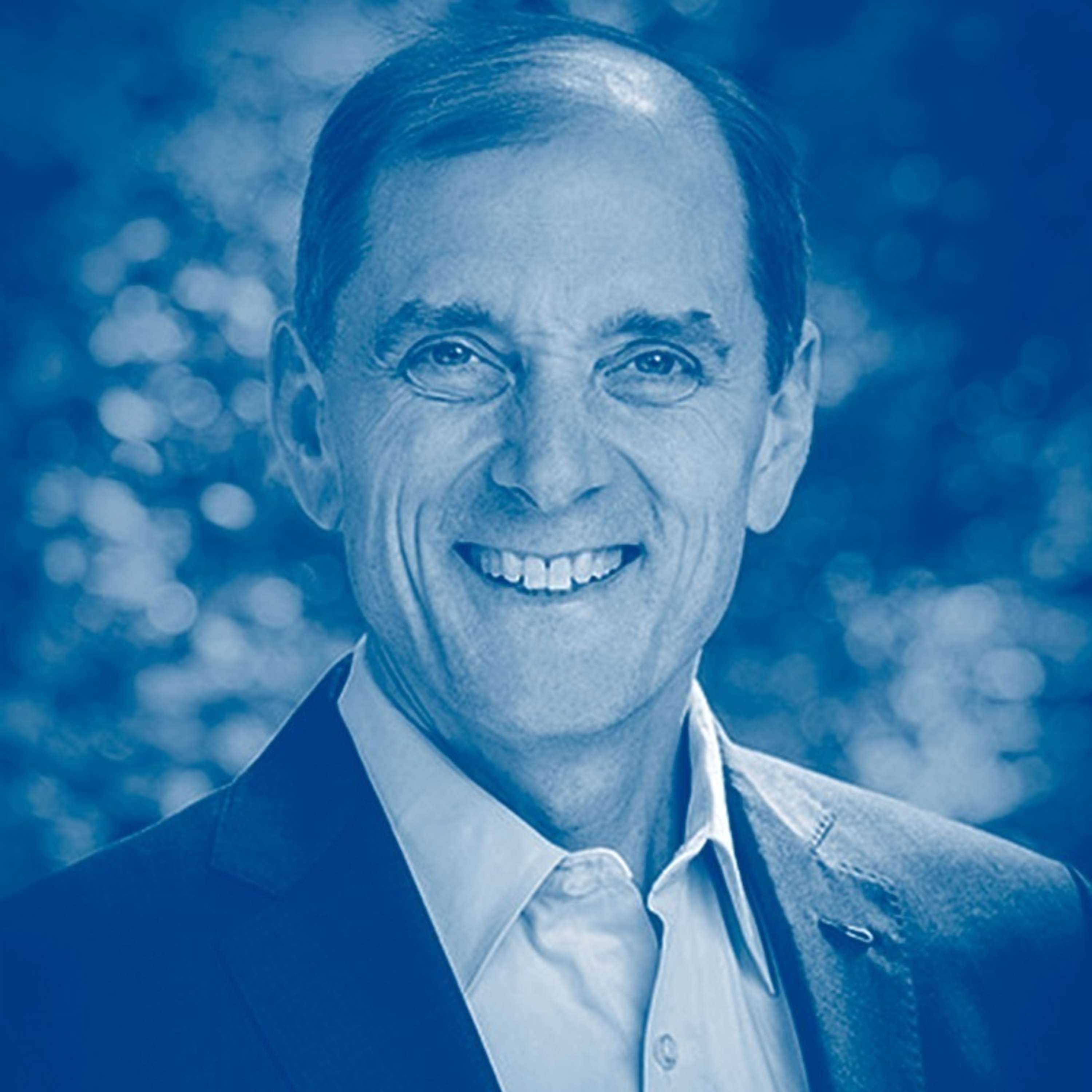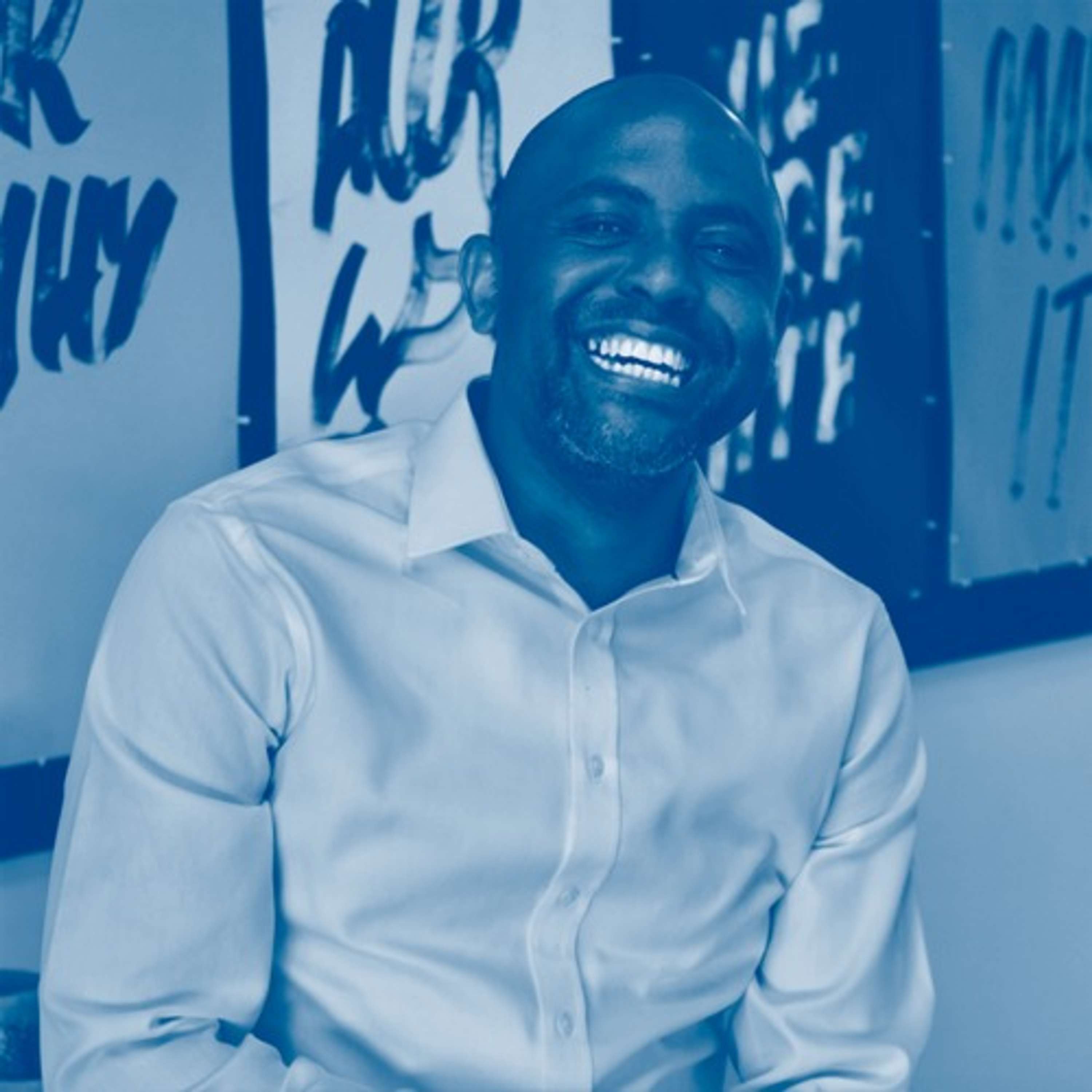Perpetual Innovators and their Key Drivers with Dr. Behnam Tabrizi, Author of Going on Offense
Description
On this week's episode of Inside Outside Innovation, we sit down with Dr. Behnam Tabrizi, Author of Going on Offense: A Leader's Playbook for Perpetual Innovation. This week we talk about some of the key drivers that make companies like Amazon, Apple, Tesla, and Microsoft become perpetual innovators. Let's get started.
Inside Outside Innovation is the podcast to help new innovators navigate what's next. Each week we'll give you a front row seat to what it takes to learn, grow, and thrive In today's world of accelerating change and uncertainty. Join us as we explore, engage, and experiment with the best and the brightest, innovators, entrepreneurs, and pioneering businesses. It's time to get started.
Interview Transcript with Dr. Behnam Tabrizi, Author of Going on Offense
Brian Ardinger: Welcome to another episode of Inside Outside Innovation. I'm your host, Brian Ardinger, and as always, we have another amazing guest. Today we have Dr. Behnam Tabrizi. He has taught at Stanford University in the executive programs for 25 years. He's the author of 10 books on leading in innovation and transformation, including a newly released book called Going On Offense: A Leader's Playbook of Perpetual Innovation. Welcome to the show.
Behnam Tabrizi: Thank you, Brian. I'm excited about this podcast because it's my first podcast on the book, but incidentally, I just received a copy of the book. And the book is not going to be out till August 22nd, so it was a very nice surprise. Given that your interest is innovation, I think we're going to have a lot of fun.
Brian Ardinger: You spent a lot of time and research digging into companies to try to figure out what makes companies innovative and, and more importantly, which ones continually innovate versus ones that are one hit wonders. So maybe you can give the audience a little bit of background on the research that you did for the book.
Behnam Tabrizi: Sure. Just a little bit of background before the background. Out of the 10 books, two of them are kind of standout. One was The Rapid Transformation I did with Harvard Business Press, which talked about the sociology and structure of how you transform organizations quickly. And this was published in 2007 and in some ways, it was very different than the sequential transformation that was an accepted norm in the world.
And then what I realized, and that book did extremely well, and I realized the biggest challenge to transformation is personal transformation. Leadership transformation. I did the book on. Inside Out Effect, which I'm really proud of, it is about leadership transformation. And it was a conversation with a COO, which I talk about in the book with the COO of a Fortune 50 company where he had sent his people to Stanford. Where I realized, you know, there is a third leg that's missing and that is what's the secret sauce of some of the most innovative perpetual organizations in the world.
And that's something that I've been thinking about. I even thought about a topic before this conversation. And so, this was six, seven years ago, so I deep dived into this. Had a huge survey of over 6,000 people with executives, consumers, academics in terms of what they think are the best, most innovative organizations.
Had an amazing research team where we sorted through data. So, after just looking at all of this, we came up with 26 firms. We wanted to make sure we don't have survivalship bias, which is only looking at successful companies and only talk about successful. So, we also had companies that didn't indeed do well, like Blockbuster, Borders, and others.
So, I talk about those 26 companies, but several actually stand out and those are, they're regular organizations that we know as most innovative, which is like Apple, Microsoft, Tesla, and Amazon. The book also talks about these and how they're different.
What was surprising is that companies such as Google and Facebook did not make the list. So, I was looking at the secret of Silicon Valley. I found a couple of organizations that were in Seattle. And I also realized there are some organizations in Silicon Valley that they don't fit the bill, and in some ways, it was really a secret of extremely, extremely high performance, perpetual innovative organizations.
Recently, BCG has come up with the most innovative organization, 2023, I believe. Three out of four of my companies were actually top three and the fourth one was like the top five. So that was really nice to kind of know that my research still stands. It was a lot of research. It was a lot of detailed analysis and what the result was, we came up with eight key characteristics that these companies really did that was very different than the rest of the organization.
And as you know, Brian, 90, 95% of organizations around the world, non-tech, high tech, are struggling with this issue. And they want to be more, like a lot of CEOs are asking me, how could I be more like, Apple or Tesla. They don't want to be like them, but more like maybe 10% more of them, 15% more of them. So that's the perennial question that I get asked, and I hope that this book and our conversation would at least uncover some of the issues.
Brian Ardinger: There's plenty of places that we can start. You mentioned briefly the eight drivers that you've categorized that makes a company more perpetual innovation focused. Maybe we should start by going through some of those key characteristics and then tie it into some examples that you've seen.
Behnam Tabrizi: Absolutely. So, I came up with three overarching themes, and then eight, like you said, characteristic that kind of fits with this. One of my favorite movies is Matrix and Trinity is an important figure there. The three key archetype that came out of this research about this organizations is that they were generous. And by generous what I mean is they were generous toward their commitment.
There is a term I use in the book, which is existential purpose. This is not just a mission statement. This is true commitment to what they believe in. It kind of also touched on my earlier book, which is Inside Out Effect. I mean, the question that I always ask is why is it people are willing to die for a cause, but they show up completely uninspired in organizations and completely unengaged. You know, not engaged, disengaged, if you will, disengaged.
The existential purpose of the organization together with the existential purpose of individual in the organization. It really stood out with these organizations. I would hate to use the word cult, defining these organizations, but my colleague Chuck O'Reilly makes the distinctions, and he says, the difference between cult and these type of organizations is that calls disenfranchised people, but these organizations, you can always leave and you can go to other organizations. And if you have an Apple or Amazon, or even Microsoft on your resume, you actually become more employable at the same time, there are very strong value cultures and each one is also very different.
So that's one of the things that stands out. The other thing that I think I also want to mention, and I won't be able to go through all eight, it's the ferocious of these cultures. It's dizzying to walk into this organization because it's chaotic, it's fast paced, fast moving. So, I talk about this tempo.
And what I found is that the tempo is not just always on full throttle. Sometime...




